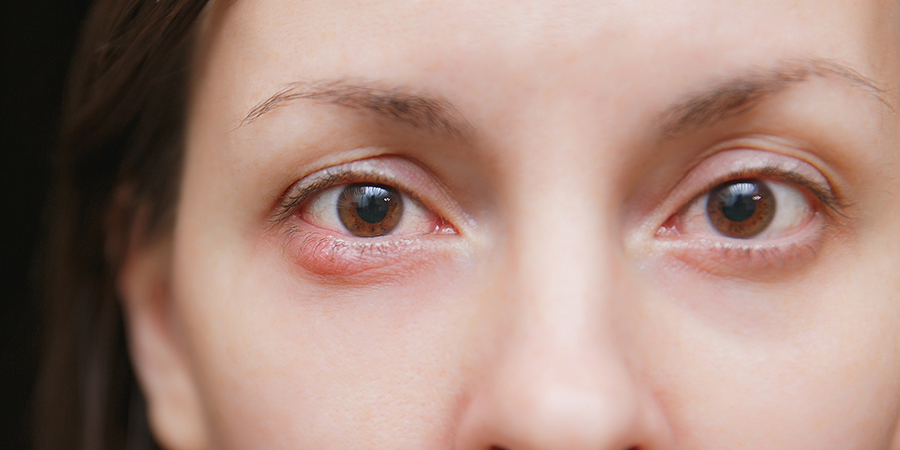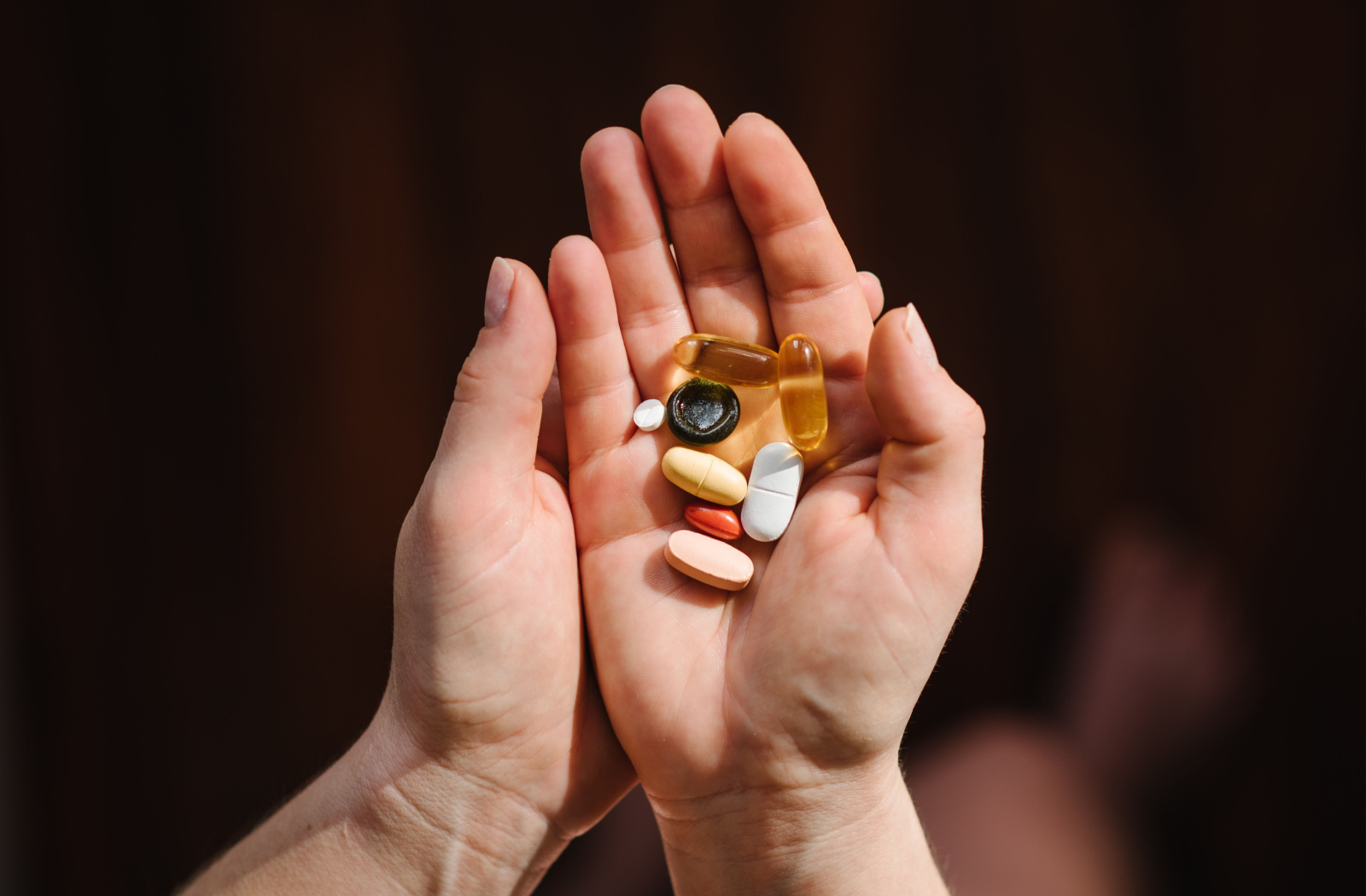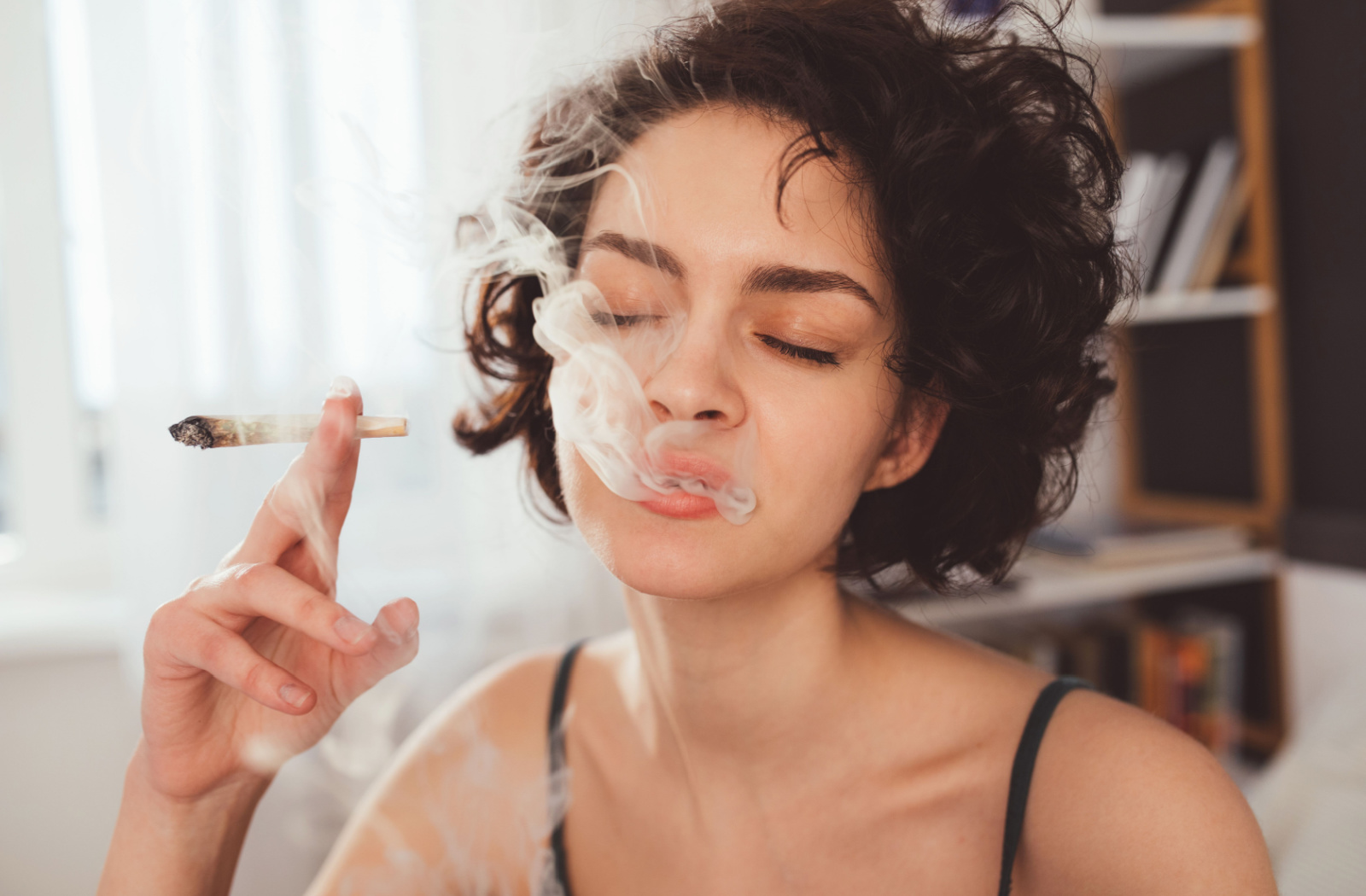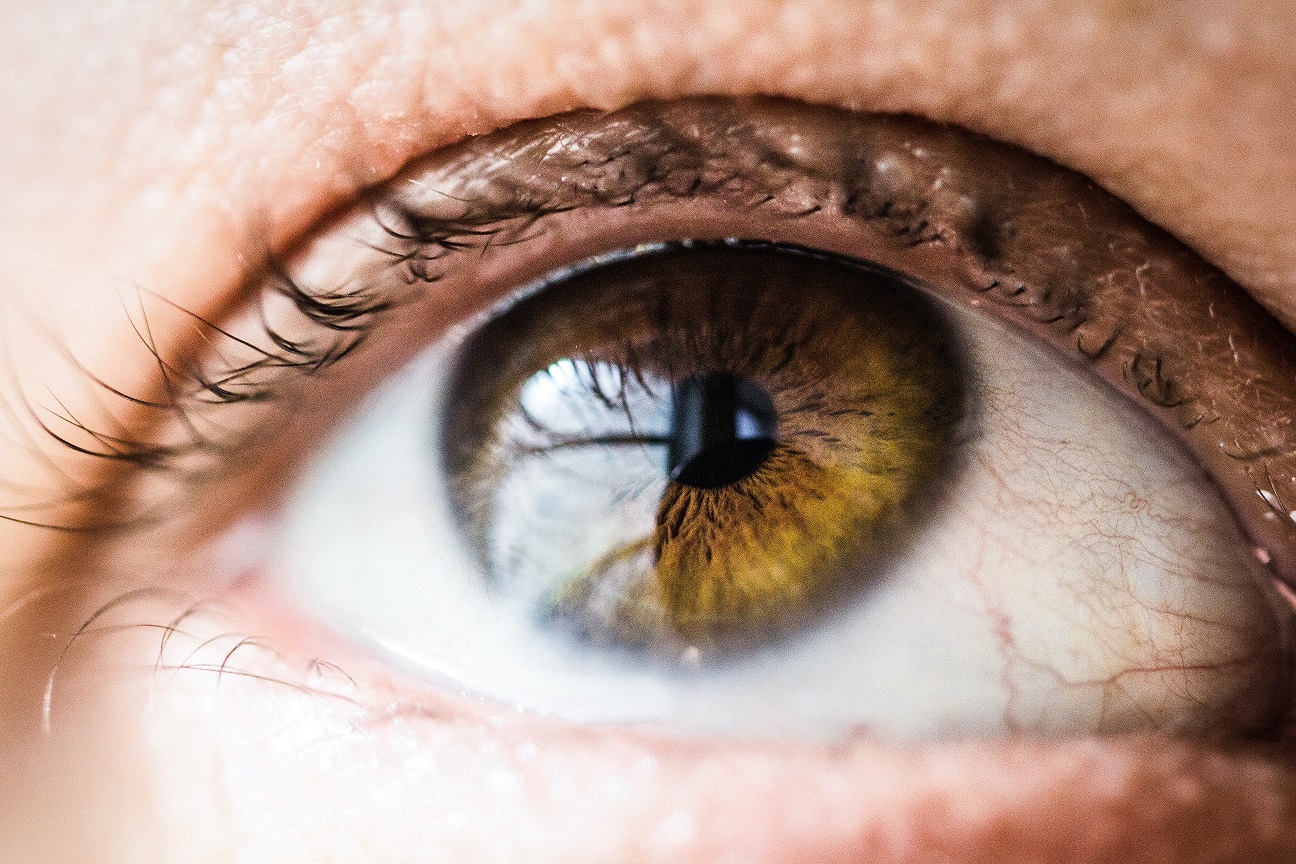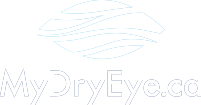Have you ever had a stubborn bump on your eyelid? A lump or bump on your eyelid could mean many things. For most people, the bump is either an inflamed, blocked oil gland (a chalazion) or an infected oil gland/hair follicle (a stye).
So how did this new lump appear on your eyelid and is there anything you can do to help reduce its size? Before we start talking about treatments, let’s start by discussing the science behind chalazia and styes.
What is a Chalazion?
A chalazion is an inflamed meibomian gland (oil gland) that is non-infectious. It is commonly seen in patients with dry eye, acne rosacea and meibomian gland dysfunction.
It’s presentation tends to be a round, hard nodule within the lid and usually does not cause any pain or discomfort. If it is big enough, it may cause your vision to be blurry because it presses on your cornea.
What is a Stye?
A stye is an infection of the meibomian gland or the hair follicles. If you have blepharitis, you are more prone to getting styes. Think of it as a pimple on your eyelid because bacteria gets trapped in the glands.
Styes are often tender and painful to touch. Be careful not to pop them since discharge can come through the skin of the eyelid and the open wound could lead to a bigger infection.
Treatment Options 
If you suffer from a chalazion or a stye, Your dry eye doctor will know how to diagnose and treat it appropriately.
Standard treatments include oral antibiotics and/or topical antibiotic/steroid ointments. Your doctor will also suggest a warm compress on the affected area for 8-10 minutes once or twice a day.
More recent therapies include in-office treatments with Intense Pulsed Light (IPL) and Low Level Light Therapy (LLLT). Small studies have suggested that it works well to reduce its size within 2 months. The theory behind its mechanism is its potent anti-inflammatory action and photobiomodulation to promote healthy cell function.
If your lump is still persistent, your eye doctor may refer you to an ophthalmologist (eye surgeon) for steroid injections to reduce its size or for incision and curettage (I&C).
I&C is a procedure where they will surgically remove the chalazion. However, it is important to be aware of possible scarring after the procedure. Steroid injections may also leave residual depigmentation at the site of injection.
Get the Lump and Bump Treated
Visit one of our MyDryEye clinics and have our doctors evaluate your chalazion or stye. They will be able to determine if standard or advanced therapies are needed to treat it.


